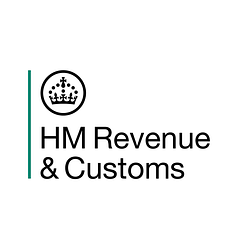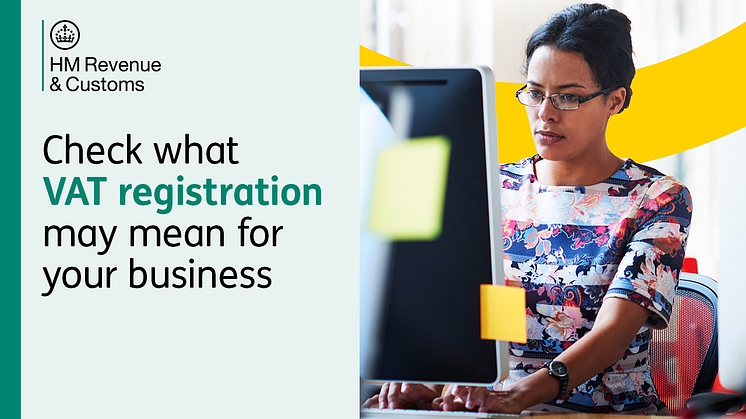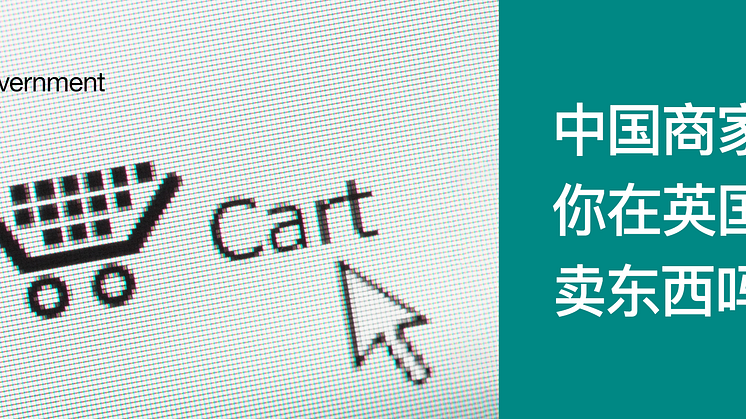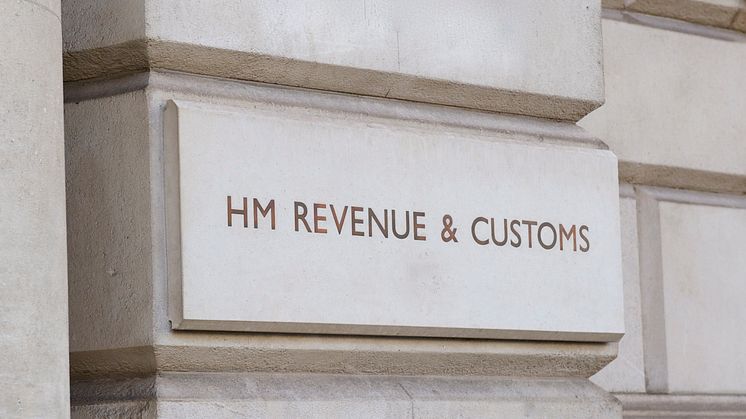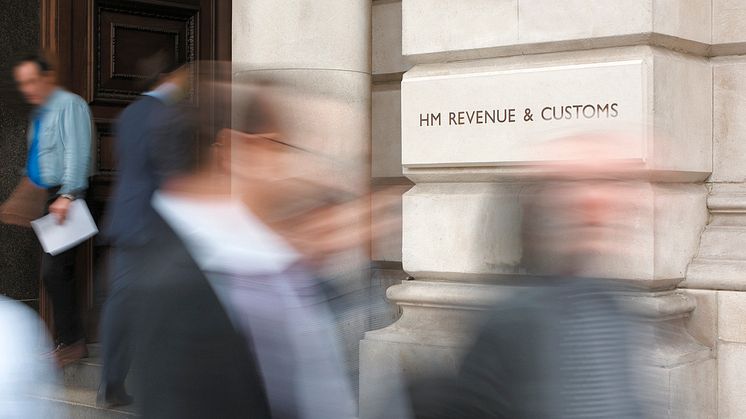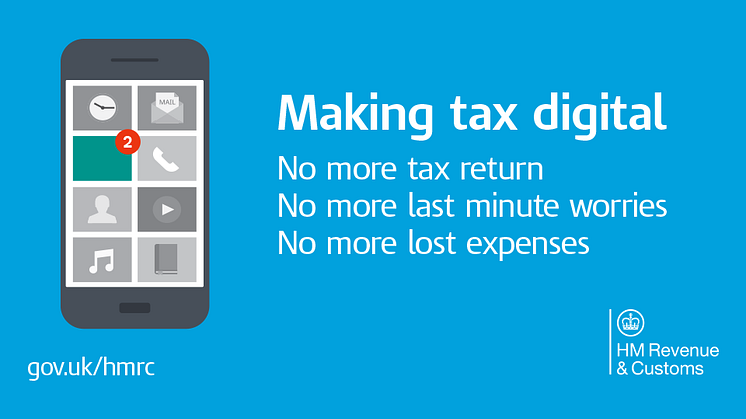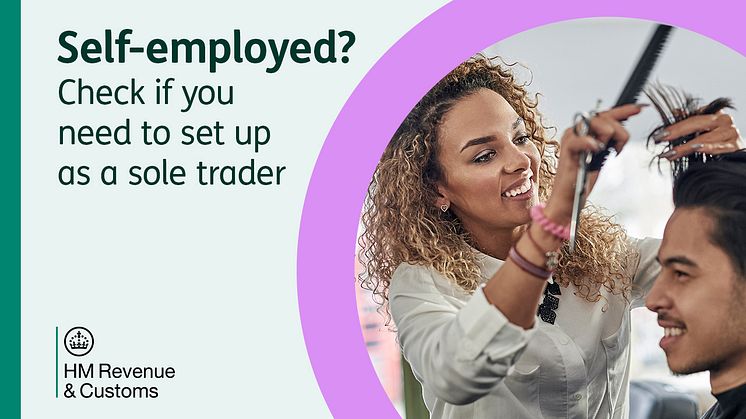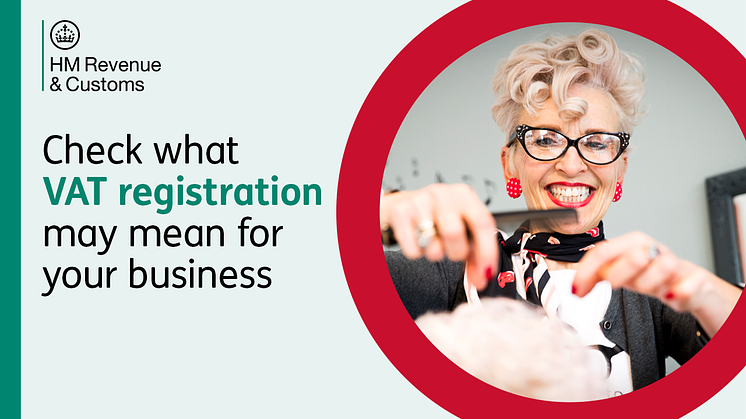
Press release -
HMRC launches VAT Registration Estimator
HM Revenue and Customs (HMRC) has launched a digital tool to help businesses estimate what registering for VAT may mean for them.
The VAT Registration Estimator has been developed after feedback from small businesses suggested an online tool would be helpful to show when their turnover could require businesses to register for VAT and its effect on profits.
A business must register for VAT if:
- their total VAT taxable turnover for the previous 12 months is more than £90,000 -known as the ‘VAT threshold’ - until 31 March 2024 this was £85,000.
- they expect their turnover to go over the £90,000 VAT threshold in the next 30 days.
- they are an overseas business not based in the UK and supply goods or services to the UK (or expect to in the next 30 days) – regardless of VAT taxable turnover.
A VAT-registered business must charge VAT on eligible sales and can usually reclaim it on eligible purchases. There are around 300,000 new VAT registrations each year.
The estimator can help any business to see what registering for VAT could mean, as well as linking to further information about the registration process. It is also a useful tool for businesses operating below the threshold and considering voluntary registration.
Jonathan Athow, HMRC Director General for Customer Strategy and Tax Design, said:
“We know that the majority of our customers want to get their tax right. We have listened to what businesses have said and the new tool is designed to help them understand VAT registration, including when they might be required to register.
“The VAT Registration Estimator has been developed in partnership with small businesses and trade representatives who tested the online tool and gave feedback before its launch.
“We hope it will support businesses’ understanding of VAT registration, especially when combined with our guidance and other services.”
Kevin Sefton, member of the Administrative Burdens Advisory Board (ABAB), said:
“Businesses need to know before they hit key tax thresholds. Tools and guidance can help them prepare. I’m pleased to see this new VAT registration tool from HMRC that helps a business understand the different types of supplies it makes, and what this means for VAT registration.”
Karen Thomson, Administrative Burdens Advisory Board (ABAB) member, added:
“I volunteered to be a tester for the new VAT tool. I am not a VAT expert so approached the experience as if I were a business with no knowledge of VAT.
“Having made some comments, along with other stakeholders, I have now used the final tool and find it very useful. I like that when you are asked for information there are examples, links to guidance where appropriate and help on completing the boxes.
“A lot of work has gone into this tool, and I believe stakeholder views have been considered, to ensure the customer has the best experience possible.”
How to use the VAT Registration Estimator:
Before you start you will need information to hand about your business income and costs, and the VAT rates that apply to them.
- Read the information online about what the VAT Registration Estimator tool does and use the links to the guidance for more information.
- Input whether the business is, or will be, based in the UK.
- Input your approximate business income and business costs for the time period you wish to estimate, up to 12 months. You can also use this if you are setting up a new business.
- Use the guidance links provided to choose the VAT rate(s) for your business income and costs - as an estimated percentage of zero, reduced or standard rated, or VAT exempt, goods and services.
- Then input if you would prefer to add VAT to, or absorb VAT into, your current or estimated selling price.
- Check your answers and complete the form to review the results, which you can save and print.
You can use the estimator whenever you like, it is free to use, and it should take around 20 minutes to complete on first use. The estimator is accessed through GOV.UK guidance pages, rather than the Government Gateway. HMRC will not record the details that you input.
The VAT Registration Estimator is a guidance tool designed to help you decide if VAT registration is right for your business and allows you to experiment with different inputs and outputs. It cannot provide bespoke business advice.
Notes for Editors
1. Go to GOV.UK and search ‘VAT Registration Estimator’ to access the tool or click on: https://www.gov.uk/guidance/check-what-registering-for-vat-may-mean-for-your-business or click on the ‘VAT’ tab at: https://www.gov.uk/guidance/hmrc-tools-and-calculators
2. VAT Registration Estimator guidance tool sessions will end after 15 minutes of inactivity, as is usual for such online services.
3. The tool helps you estimate what registering for VAT may mean for your business. If you do register for VAT you should not use the estimated figures generated to complete your VAT return.
4. HMRC will host a live webinar on 24 July 2024 to explain how to use the tool. It will be recorded and made available to view on demand. Details of the live and recorded webinars will be available from the 'help and support for VAT' guidance pages on GOV.UK: https://www.gov.uk/guidance/help-and-support-for-vat
5. If you are a ‘VAT-registered business’:
- when you sell your product or provide a service to your customers, if the goods or services are liable to VAT, you must charge VAT on your selling price.
- When you buy goods or services for your business you can usually reclaim the VAT you are charged, if you buy them from a ‘VAT registered business’.
- If you have charged more VAT on your sales than you have paid on your purchases, you must pay the difference to HMRC.
- If you have paid more VAT on your purchases than you have charged on your sales, you can usually claim this ‘VAT repayment’ from HMRC on your VAT return.
6. You can find out more about VAT registration at: https://www.gov.uk/register-for-vat and https://www.gov.uk/how-vat-works
7. You need a Government Gateway user ID and password to register for VAT. If you do not already have a user ID, you can create one when you sign into the Government Gateway for the first time.
8. Most VAT-registered businesses must keep digital VAT records and use software to submit their VAT returns. More information is available at: https://www.gov.uk/charge-reclaim-record-vat
9.Most VAT-registered businesses submit a VAT return every 3 months (quarterly).
10. From 1 April 2024 the VAT registration threshold is £90,000 and the VAT deregistration threshold is £88,000.
11.The Administrative Burdens Advisory Board (ABAB) is an independent board of members from a range of business backgrounds and professions who represent the small business community. ABAB supports HMRC to help make tax easier, quicker and simpler for small businesses. For more information go to: https://www.gov.uk/government/groups/administrative-burden-advisory-board
12. Follow HMRC’s Press Office on Twitter @HMRCpressoffice
Related links
Topics
Categories
Issued by HM Revenue & Customs Press Office
HM Revenue & Customs (HMRC) is the UK’s tax authority.
HMRC is responsible for making sure that the money is available to fund the UK’s public services and for helping families and individuals with targeted financial support.

